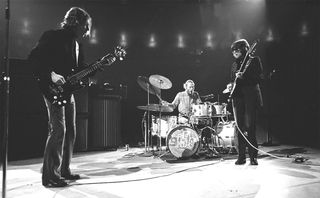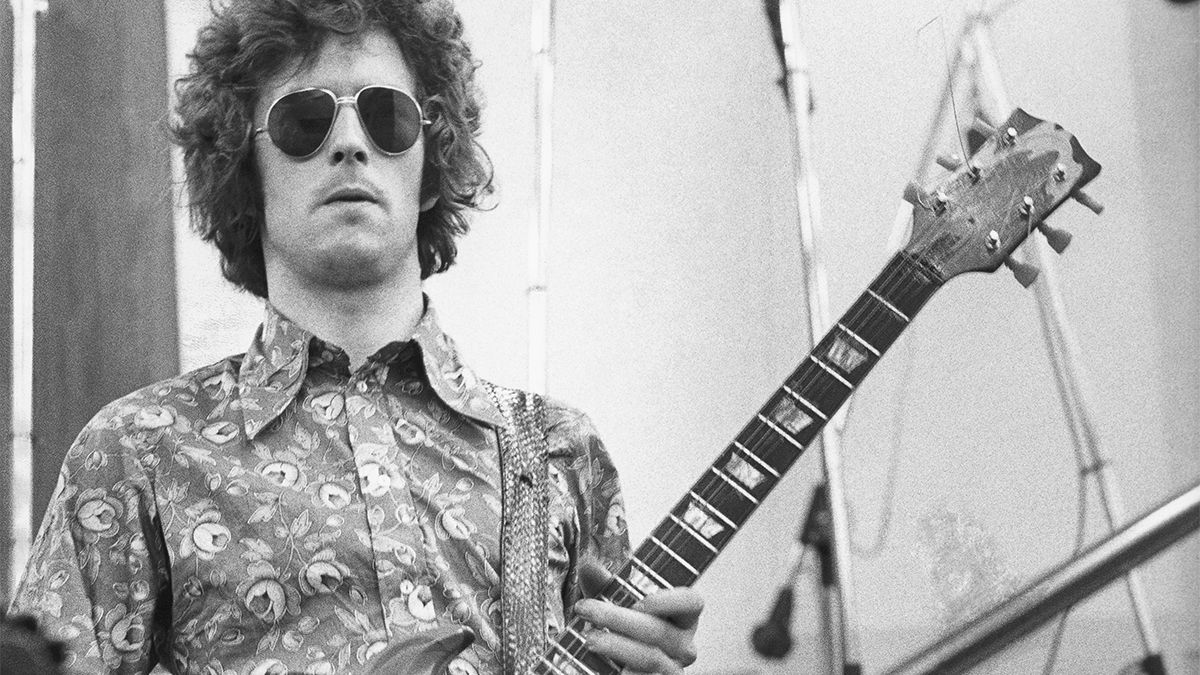Eric Clapton’s Surprising Take on Cream’s Iconic Jams
Jack Bruce, the legendary bassist of Cream, once humorously remarked, “I viewed Cream as a jazz ensemble, but we never let Eric in on the joke that he was our Ornette Coleman!” This playful sentiment captures the essence of Cream’s unique sound, which blended rock with the improvisational spirit of jazz.
In their live performances, Eric Clapton, Jack Bruce, and Ginger Baker showcased their exceptional musicianship, turning jamming into a hallmark of their concerts. They brought this innovative approach to rock audiences, particularly evident in albums like Wheels of Fire and Goodbye, as well as post-breakup releases such as Live Cream and Live Cream Volume II.
Epic Jams and Live Performances
Among their most extended improvisations are tracks like “Spoonful” (16:47) and “Toad” (16:16) from Wheels of Fire, along with “I’m So Glad” (9:13) from Goodbye. The live albums feature standout performances such as “N.S.U.” (10:13) and “Sweet Wine” (15:15) from Live Cream, and “Steppin’ Out” (13:38) from Live Cream Volume II.
however, it’s “Crossroads” that stands out as the most celebrated of their live jams. Featured on the second disc of the 1968 double album Wheels of Fire, this track was recorded during Cream’s concerts at San Francisco’s Fillmore and Winterland venues from March 7-10, 1968. Clocking in at just 4 minutes and 18 seconds, it is one of the shorter live tracks in their discography.
Clapton’s Guitar Mastery
For aficionados of Eric Clapton’s guitar work, “Crossroads” serves as a quintessential example of his skill. Throughout its six verses,Clapton delivers some of the most emotive and memorable guitar lines in blues rock—far from mere showmanship,these solos resonate with listeners and are easily recalled. even guitar virtuoso Eddie Van Halen meticulously learned Clapton’s solos from this track, underscoring its significance.
The Mystery of the Missing Footage
Imagine if a longer version of this iconic performance existed! According to the late producer Tom Dowd, who worked with Clapton throughout his career, there might be more to the story. In a retrospective for Guitar Player magazine in July 1985, Dowd revealed a tantalizing detail for fans.
“On the Wheels of Fire album, many live tracks were ultimately shortened from their original performances,” dowd explained. “During our San Francisco sessions, ’Crossroads’ was typically played for at least seven to ten minutes on stage. The solos between the vocals were edited down, but we didn’t overdub anything on those live albums.”
Despite Dowd’s assertions, no unedited versions of the Winterland recording have surfaced nearly 60 years later. Additionally, other live renditions of “Crossroads” from 1968 match the length of the Wheels of Fire version. Performances from the L.A.Forum and San Diego Sports Arena in October 1968 also clock in at around four minutes.
One moment in the song, occurring at 2:44, raises questions about the recording’s integrity. Clapton appears to momentarily lose the beat, leading to speculation about whether this was a masterful recovery or a result of editing to fit the track’s length.
Clapton’s Reflections
In an interview with Dan Forte, Clapton reflected on Dowd’s comments, admitting uncertainty about the producer’s accuracy but acknowledging the chaotic nature of their jamming sessions. “I can’t recall; it’s been ages since I heard it, and honestly, I’m not fond of it. I sense something off about it. It wouldn’t surprise me if we lost our way during the performance, as that happened frequently.I’d sometimes play the downbeat on the wrong beat,creating a strange hybrid sound that I never appreciated,” Clapton shared.
“If I hear the solo and realize I’m offbeat, I can’t enjoy it. I think that’s what happened with ‘crossroads.’ It’s interesting that we managed to recover, but it still bothers me a bit.”

Despite Clapton’s reservations, his contributions to Cream’s legacy are undeniable. His discomfort with the band’s improvisational style reflects his complex relationship with the group. As Bruce noted in a 2012 interview, Clapton envisioned Cream as a blues trio, inspired by his idol Buddy Guy, while Bruce and Baker sought to infuse jazz elements into their music. Nonetheless of their differences, “Crossroads” and much of Cream’s work remains a testament to some of the finest guitar artistry in rock history.






